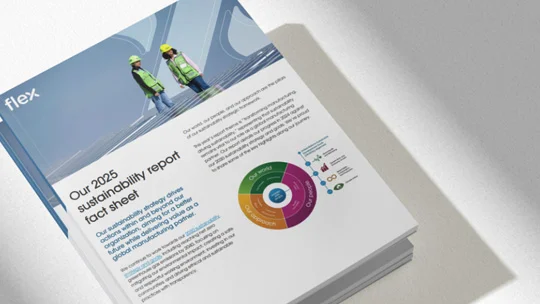1. Wesentliche Nachhaltigkeitsprobleme bewerten
Der Kern der Ziele einer Organisation liegt in der Wesentlichkeitsanalyse, die die Nachhaltigkeitsschwerpunkte identifiziert und priorisiert. Dies ist ein entscheidender Schritt für die strategische Nachhaltigkeitsplanung, da die eingegangenen Verpflichtungen wichtige nachgelagerte Aktivitäten und Bemühungen nach sich ziehen, von der Erfüllung bestimmter Compliance-Anforderungen bis hin zu Investitionen in die richtigen Ressourcen.Sammeln, Messen und BerichtenUm den Fortschritt der Organisation zu fördern, müssen Befragungen von Stakeholdern durchgeführt werden, um deren Prioritäten in verschiedenen Bereichen zu ermitteln. Diese Erkenntnisse fließen in die Strategieentwicklung und die Gestaltung der Nachhaltigkeitsstrategie ein. Nachhaltigkeitsziele sind besonders wirksam, wenn sie klar mit Mission und Zweck verknüpft sind.
Eine wichtige erste Aufgabe besteht darin, die Nachhaltigkeitsthemen, die das Unternehmen wesentlich beeinflussen könnten, oder umgekehrt die Probleme, die durch den Geschäftsbetrieb wesentlich beeinflusst werden könnten, zu ermitteln, einzuschätzen und zu analysieren.
Wenn Unternehmen die Liste der Probleme identifizieren und priorisieren, werden diejenigen ganz oben stehen, die für das Unternehmen und die Stakeholder am wichtigsten sind.
Wir identifizieren und binden Stakeholder innerhalb und außerhalb des Unternehmens ein, die die verschiedenen Themen konstruktiv abwägen und wertvolle Perspektiven beisteuern können. Neben Kunden, Investoren und Partnern aus der Zivilgesellschaft beziehen wir auch Lieferanten, Regierungen, Aufsichtsbehörden und Gewerkschaften mit ein.
Wir haben auch festgestellt, dass Experten aus Wissenschaft und gemeinnützigen Organisationen hilfreich sind; zum Beispiel dieWorld Wildlife Fundwar ein großartiger Partner, der uns dabei beraten hat, wie wir bestimmte Gemeinschaften, in denen wir tätig sind, einbeziehen und unterstützen können.
Was interne Stakeholder betrifft, konsultieren wir ein breites Spektrum an Fachexperten, die uns hinsichtlich Risiken und Budgets beraten. Angesichts unserer globalen Geschäftstätigkeit stellen wir sicher, dass unsere Stakeholder die Interessen unserer wichtigsten geografischen Märkte vertreten.
Wichtige Schritte während der Wesentlichkeitsbewertung von Flex:
Da die verschiedenen Interessengruppen unterschiedliche Prioritäten haben, arbeitet das Nachhaltigkeitsteam daran, diese zu verknüpfen und mit der Mission von Flex sowie den wichtigsten Geschäftstreibern in Einklang zu bringen. Nach der Auswertung unserer Forschungsergebnisse, Umfragen und Interviews stimmen wir unsere Bewertung mit der Geschäftsleitung ab. Die Wesentlichkeitsmatrix von Flex finden Sie am Anfang unserer aktuellen Nachhaltigkeitsberichte. Wir aktualisieren unsere Liste der wesentlichen Themen jährlich, um den sich wandelnden Bedürfnissen unserer wichtigsten Interessengruppen gerecht zu werden. Dies spiegelt sich in unserem Jahresbericht (10-K) und unseren Hauptversammlungsberichten wider.
Ermittlung: Untersuchen Sie weit verbreitete Rahmenwerke, um die wichtigsten Wesentlichkeitsfragen zu verstehen, auf die Sie sich konzentrieren und über die Sie berichten sollten:
Nachhaltigkeitsberichte von Branchenkollegen
Während sich viele Studien nach innen richten, gibt es viele Aspekte außerhalb der eigenen Organisation zu berücksichtigen, um Ziele zu formulieren. Es ist entscheidend, die neuesten Trends und Praktiken im Blick zu behalten. Die Analyse der Nachhaltigkeitsberichte vergleichbarer Organisationen liefert einen wichtigen Vergleichsmaßstab, um festzustellen, wo das eigene Unternehmen in seinen Nachhaltigkeitsberichtsbemühungen hinterherhinkt, diese übertrifft oder gleichauf liegt. Dies kann die Zielsetzung unterstützen, da Verbesserungspotenziale aufgedeckt werden und verdeutlicht wird, wo die Organisation bereits führend ist, um die positive Entwicklung weiter voranzutreiben.








